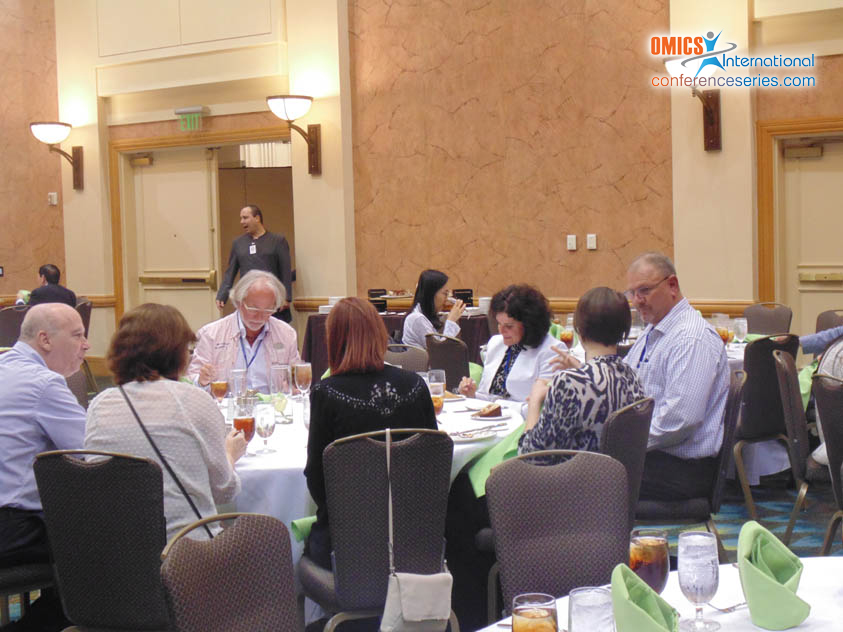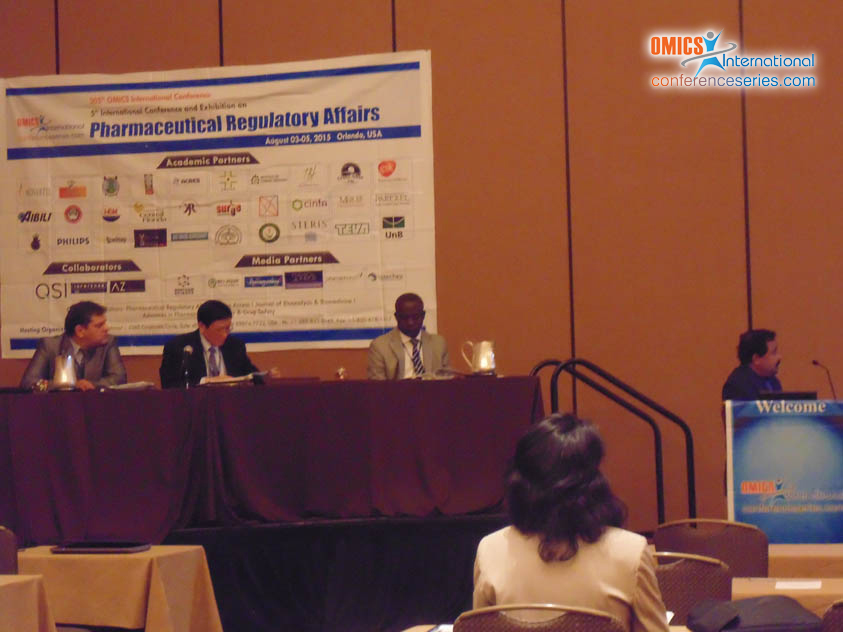
Hudson Nakamura
Goias Eye Bank Foundation, Brazil
Title: Related with intraocular drugs and pharmacology
Biography
Biography: Hudson Nakamura
Abstract
In the western hemisphere, ARMD (Age Related Macular Degeneration) is a very important cause of blindness, one that is evident with many distinct signs, such as Sub-Retinal Neo vascular Membrane (SRNM), elected for treatment. The treatment of SRNM, years ago, was solely relied upon laser photocoagulation of the membrane, reducing the risks of visual loss when treated promptly, without delay. Even in the macular (centervision area), laser used to be applied, the reason being to halt the process of membrane evolution. Through several studies such as MPS (Macular Photocoagulation Study), it was realised that within some months or years, the contrast sensitivity got better if the lesion was not treated. Even so, the patient ended up with bad vision acuity, due to the laser applied in that manner. Other treatments ensued with PDT (Photodynamic Therapy) and the use of verteporfin (visudyne), which was used together with PDT for sensitising the action of the drug through this non-thermal laser, shrinking the size and inhibiting the spreading of the membrane. Another option that did not last long was TTT (Transpupillary Thermotherapy), which does not use injected drugs, but only the non-thermal laser, and others, with Multicenter Studies throughout the world. Even surgical treatment was attempted like macular translocation, but no good results were obtained. Hence, these procedures were discontinued. Recent studies show how the involvement of pharmacology contributes to the success of the treatment. But the clinical research on pharmacology and the ARMD pathogenesis came up with the targeted cause of these lesions that is VEGF (Vascular Endothelial Growth Factor), responsible for the membrane formation and the process of angiogenesis ensued. So the development of pharmacological treatment for the membrane came to the most evolving drugs used in ophthalmology today, starting with pegaptanib sodium (Macugen) which is FDA approved, and other drugs under current studies despite being largely used since many years, such as bevacizumab (Avastin). Ranibizumab (Lucentis) is also largely used for the treatment of the disease, and Aflibercept (Eyelid) was approved for several diseases. These two drugs are also included in protocols for diseases different from ARMD. Finally, corticosteroids are far more developed these days for the treatment of ARMD, like triamcinolone acetate and Ozurdex (dexametasone implant), and Illuvien (fluocinolone acetone) which is being delivered as intravitreal implant different from the others mentioned which are delivered as injections. Other drugs are on the way of development and the treatment of the mentioned disease is based mainly on these drugs. This shows how developed this field became in the new era of ophthalmologic treatment of ARMD.





